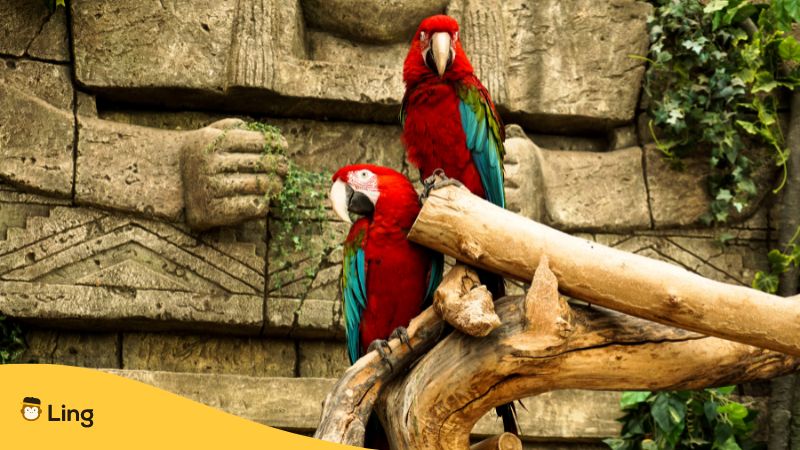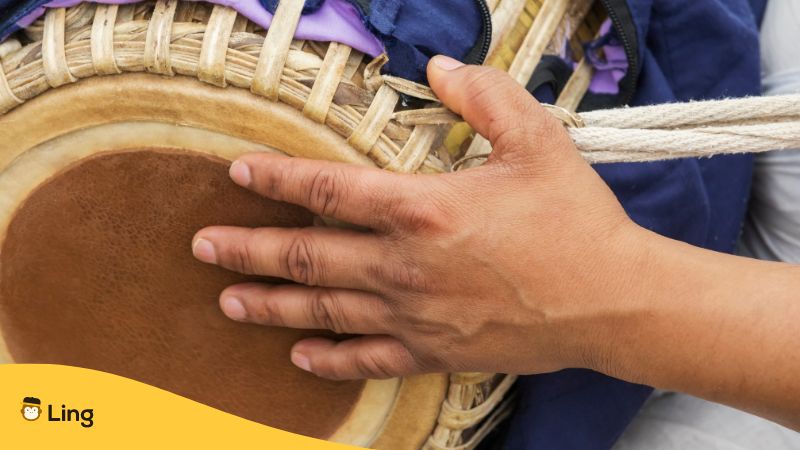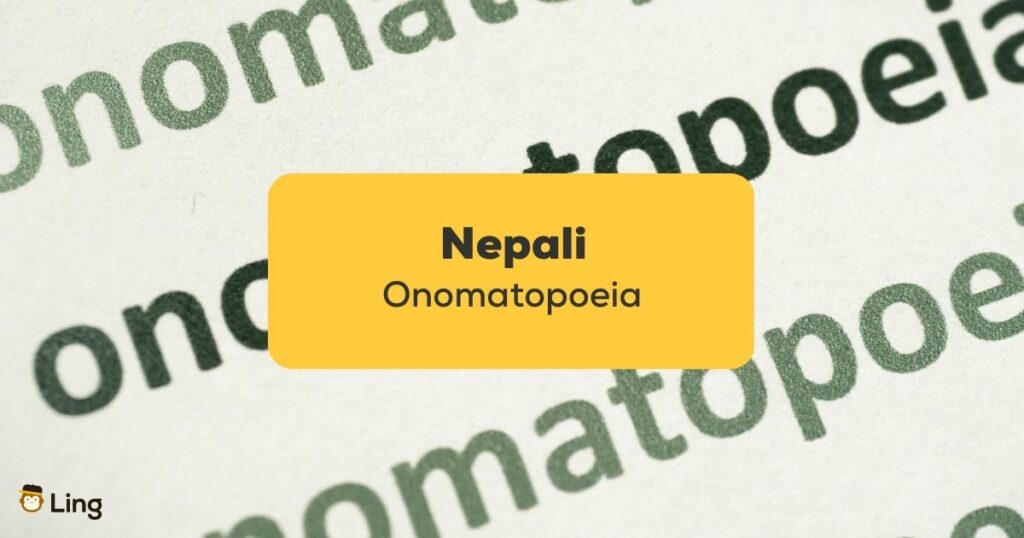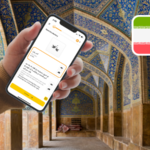The Nepali language has many words derived from objects, animals, places, or things that make a sound. It’s actually quite funny sometimes. These type of words are called onomatopoeia. Let’s look at some Nepali onomatopoeia today.
In the Nepali language, onomatopoeia or onomatopoeic words are called अनुकरणात्मक शब्द anukaranatmak sabda. All of it is based on sound. Just by hearing the word, you can know that its name comes from the sound it makes. Of course, knowing the correct pronunciation of the sound helps you know the word correctly as well.
There are many languages that have onomatopoeia. In English, some examples are “boing” went the ball, the “pitter-patter” of little feet, the “drip-drop” of rain, and the clap of thunder. The meanings can be easily known by the sounds they make. People can find onomatopoeia in poetry, and often in song. Don’t you believe me? Check out some of these Bollywood actors singing in the Hindi language. The onomatopoeia used is hilarious!
- Koyel Si Teri Boli When you this translate, it means the way you speak is like a Koyel or Cuckoo bird.
- Taal se taal This means to match your moves or dance to the beat. The beat itself makes a “taal” sound so the beat can be also called “taal“.
- Jhoom Barabar Jhoom The sound of swaying is called “jhoom” and to sway or turn around is also “jhoom”.
Examples Of Nepali Onomatopoeia

Onomatopoeic words are used in the Nepali language to express the sound of an object or action. For example, “टोक tok” is the sound of a clock, and “खत-खत khat-khat” is the sound of a door knock.
They are also used to express emotions or describe a situation, such as “गुदगुदी gud-gudi”, which is the feeling when someone is tickled, or “धक धक dhak-dhak”, which means the heavy beating of your heart when you are scared. Onomatopoeic words are used to make the language more interesting and expressive.
Other common examples of onomatopoeic words used in Nepali are:
| English | Nepali | Pronunciation |
| The sound of a clock | खुट खुट | Khat-Khat |
| The sound of a bell | खतरा | Khatara |
| The sound of a hammer | टक टक | Tak-tak |
| The sound of a bird chirping | चिम चिम | Chim-Chim |
| The sound of running water | भिष भिष | Bhish-Bhish |
| The sound of a vehicle horn | तुत तुत | Tut-Tut |
| The sound of a drum | धिर धिर | Dhir-Dhir |
| The sound of a whistle. | खुन खुन | Khun-Khun |
Nepali Dialects And Onomatopoeia
Most Nepali dialects are mutually intelligible and are derived from languages like Sanskrit, Pali, Prakrit, and Tibeto-Burman. There are many dialects of Nepali, which vary widely across Nepal. The most common dialect is called Nepali Ghalmi, which is spoken in the Kathmandu Valley and in parts of Central and Eastern Nepal.
Among the 100 or more dialects in Nepali, onomatopoeia is a common feature with words that imitate the sound of what they refer to. Examples include ‘मक मक mak mak’, which is the sound of a goat, and ‘तोक तोक tok tok’, which is the sound of a bird.
Nepali Onomatopoeia In Sentences
So how are onomatopoeia used in Nepali sentences? You will have fun saying these.

| English | Nepali | Pronunciation |
| The glass just fell from the table and shattered. | टेबलबाट गिलास खत्रक्क खसेको मात्र थियो, फुटिहलेछ | Ṭēbalabāṭa gilāsa khatrakka khasēkō mātra thiyō, phuṭihalēcha |
| He cleaned (made) his room. | उसले उसको कोठा चिटिक्क मिलायो | Usle usko kotha chitikka milayo |
| Ram threw water at me (making me wet!) | रामले मलाई पानी छयाप्प हान्यो | Ram le malai pani chyappa hanyo! |
| I woke up in the morning effortlessly! | आज म बिहान जुरुक्क उठेको ! | Aja ma bihaana jurukka utheko! |
| Why did you purchase clothes which is too tight-fitting for you? | शरीरमा टिमिक्क हुने लुगा किन किनेको त ? | Sharir ma timikka hune luga kina kineko ta |
| The Old guy still walks like in his prime! | बुढो अहिले सम्म ठमठम हिड्ँछ | Budho ahile samma tham tham hidcha! |
| My stomach is full after eating lunch. | खाजा खाएर पेट ड्याम्म भइसक्यो | Khaja khaera pet dyamma bhaisakyo. |
Learn Nepali With Ling

It is really fun to explore conversations with these words and Nepal onomatopoeia bring in entertainment while you chat. You can learn more about sentence structure, conjunctions, telling the time, flavors and Nepali food, utensils for cooking, airport language, idioms and so much more.
Did you know – Nepal is the birthplace and essentially where Buddhism began? It is also home to the highest peak in the world, Mouth Everest. It also has 7 more mountains that are the tallest in the world. The stunning view of Nepal’s landscape is truly a sight to behold.
For a more holistic approach to Nepal and its beautiful language, try the Ling App. It can be used to learn Nepali by providing users with a variety of language-learning tools. These include a comprehensive Nepali language course with audio and visual lessons and interactive quizzes and flashcards to help users practice and review.
You can also find a Nepali dictionary to look up unfamiliar words. There are also several grammar exercises and tips to help users gain a better understanding of the language. It has a phrasebook with useful phrases and expressions as well as audio recordings of native speakers to help with pronunciation.
The best feature of all is the immersion into the culture. It has cultural tips to help users gain a better understanding of Nepali culture.
Click on the Apple Store or Google Play Store to download the Ling App now!































































